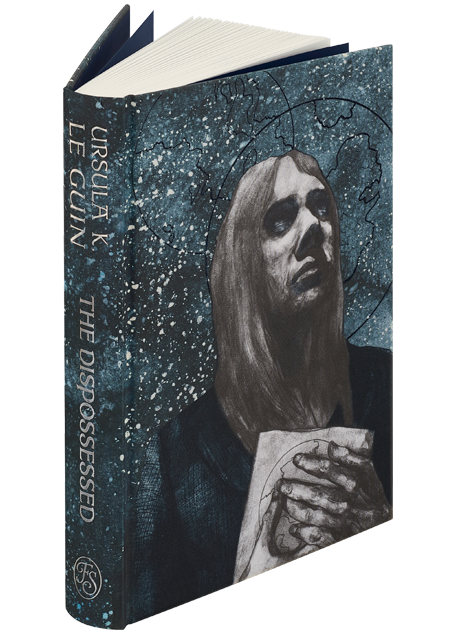The term “Indian” is said to have been coined by none other than Christopher Columbus, the Italian voyager who used the term to refer to the original inhabitants of the American continent. After a ten-week expedition across the Atlantic, Columbus in 1492 believed he had landed in the Indies, in the pursuit of eastern riches.
Contrary to popular opinion, Columbus was not the first European to discover the Americas. That honour belonged to Leif Erikson, a Norse explorer from Iceland. Erikson discovered the Americas approximately half a millennium before Columbus, and possibly founded the L’Anse aux Meadow site in Newfoundland. During the years of settlement in Newfoundland, the Nordics faced constant threats of attack from the Natives, whom they referred to as the Skraeling. The colony was eventually abandoned and Europeans did not settle in North America until the late fifteenth century.
The return of the Europeans to the North American continent was to have devastating impacts on the Native Americans that lived there. Disease, warfare and superior technology led to a decimation of Native American populations. While population records of indigenous populations did not exist at the time of discovery, models suggest that a population of sixty million people existed on the American continent in 1492. By the beginning of the 1600s, this figure was estimated to be four million. For historian Raphael Lemkin, the expansion of European colonial powers into North America, and the subsequent establishment of colonies was tantamount to genocide, involving a two-stage process: first, the destruction of indigenous populations, second the imposition of European way of life.
Today, the current population of Native Americans in the United States is six point seven nine million, around two-point zero nine percent of the population. There are currently five hundred and seventy-four federally recognised tribes in the United States.


